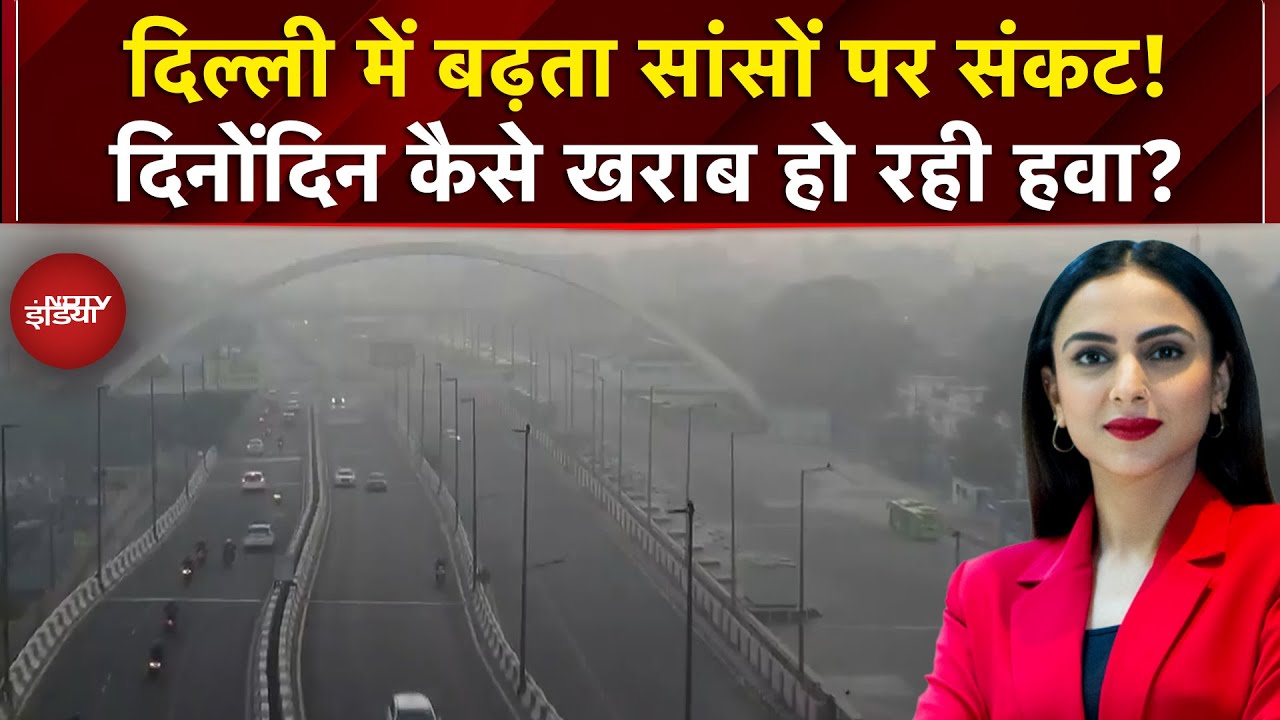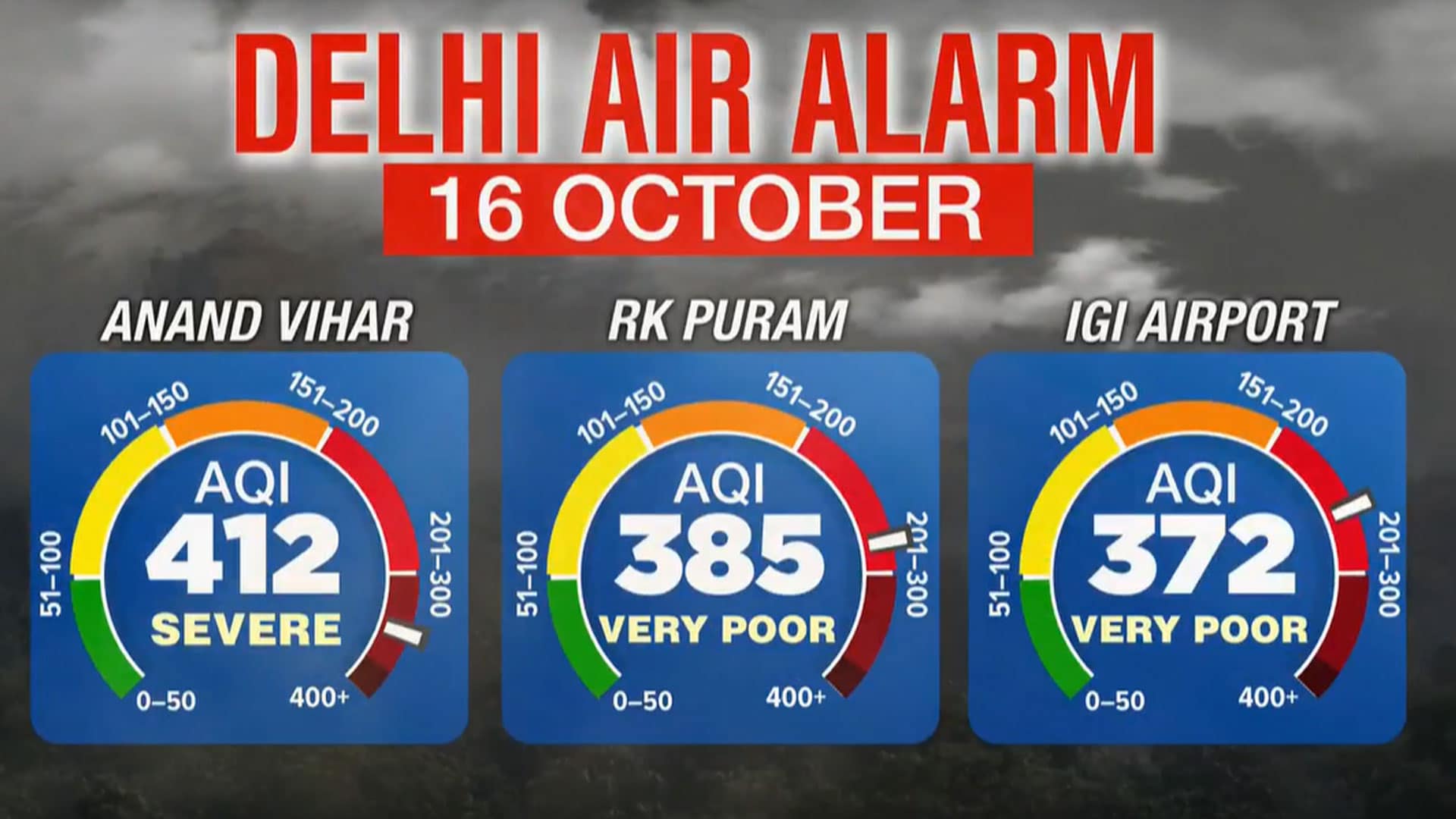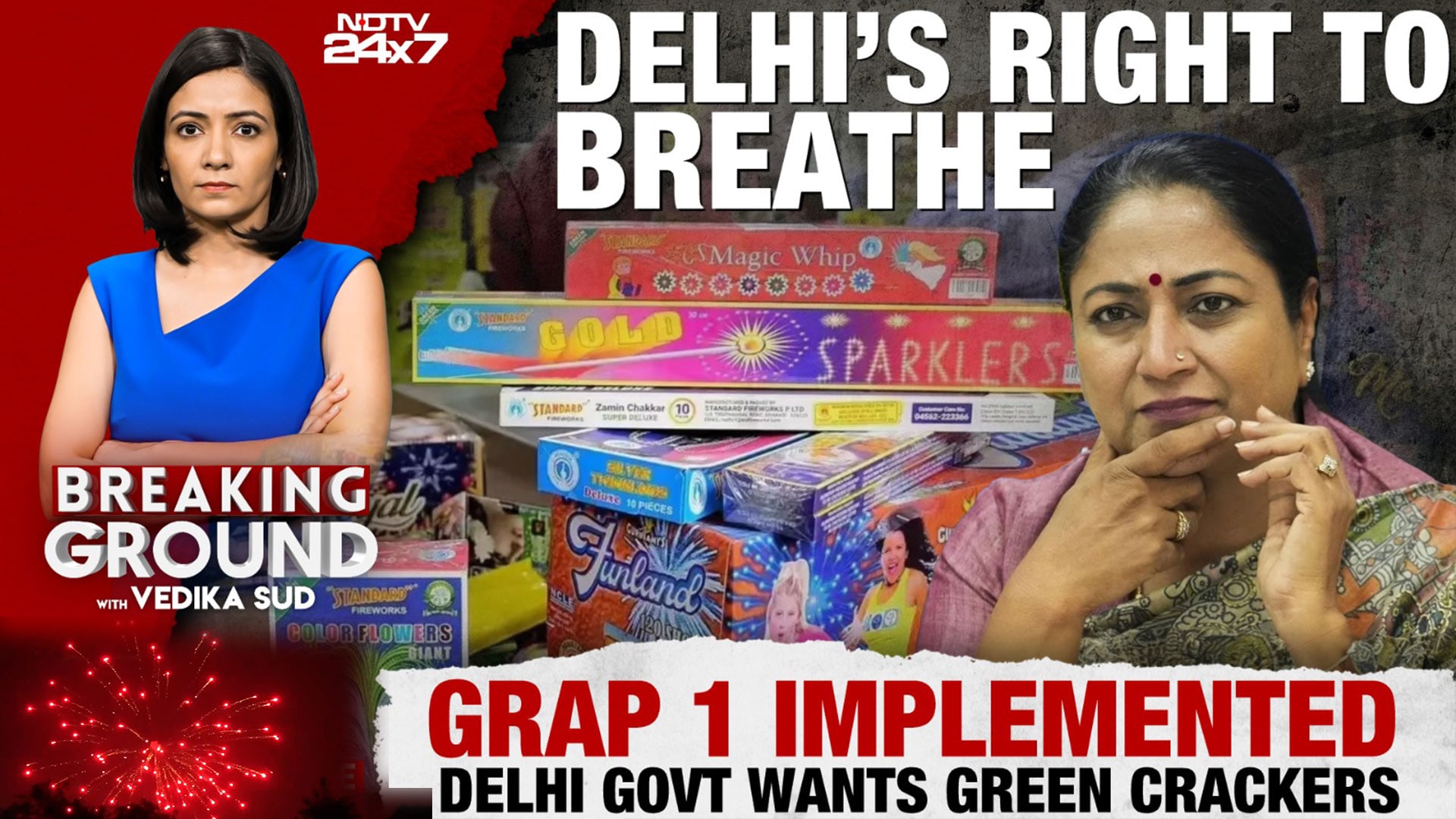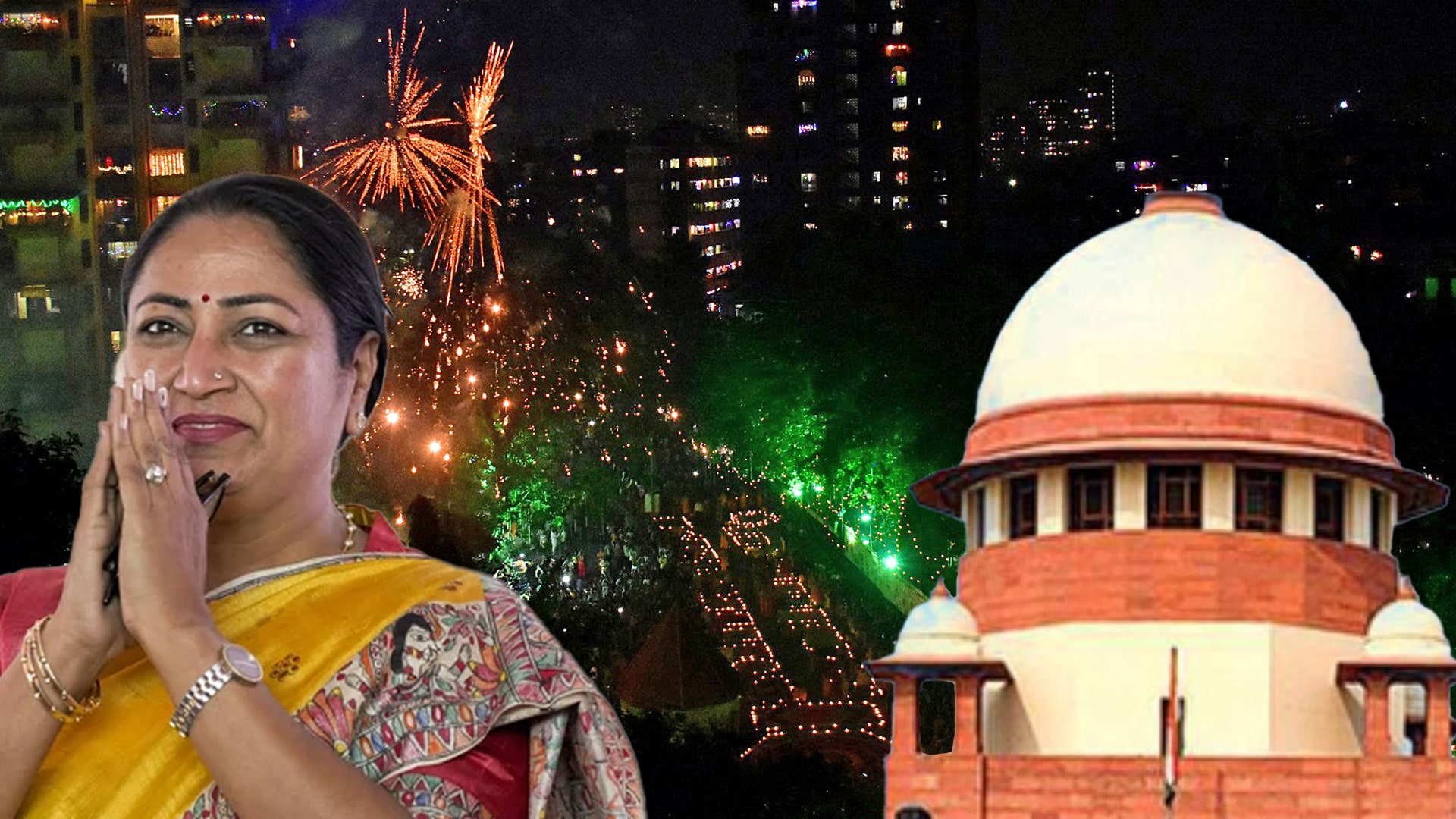- Home/
- Which Is The Best Mask For Air Pollution: Can It Help Cut Health Risks?
Which Is The Best Mask For Air Pollution: Can It Help Cut Health Risks?

Masks are protective coverings worn over the nose and mouth designed to filter out harmful particles and pollutants from the air we breathe. They can be highly effective in protecting against air pollution, particularly fine particulate matter (PM2.5) and other pollutants like allergens, dust, and chemical fumes. According to Dr. Monica Mahajan, Internal Medicine HOD at Max Healthcare, "PM2.5 are fine particles which are 1/30th the diameter of a human hair. Yet these killer particles penetrate deepest into the lungs and also enter the blood circulation. Together with sulfur oxide and nitrous oxide, these particles prove fatal for 7 million people annually and also cause asthma, COPD, lung cancer, heart attacks, stroke, birth defects, low birth weight babies and behaviour problems.
The N95 mask can filter at least 95% of airborne particles larger than 0.3 micrometer in diameter. So PM2.5 particles which are 2.5 microns in diameter can be filtered well by these masks. These are easily available, foldable and we are all too familiar with their use courtesy the Covid pandemic. The important part is not the brand but rather how snug is the ‘fit' on your face. Some of the masks also have an exhaust valve which makes breathing easier especially for those with pre-existing lung problems. The more fancy masks come with replaceable filters or even boast of anti-virus and anti-odour technology. The KN95 and FFP2 are both equivalent to N95 standards. The N99 filters 99 % particles but is more expensive and uncomfortable to use. The ordinary surgical masks are not effective, don't fit snugly and are not going to filter PM2.5. The dupattas, scarves and the handkerchiefs don't work. The double layered cloth masks will only filter big particle, hence not a good choice."
With the AQI reaching hazardous levels, it is advised to curtail all outdoor activities but in case you do step out you should wear a N95 mask. Choose a mask to fit the contour of your face. If you are an outdoor worker or ride a two wheeler, it should be a necessity for you to use a well sealed, chin and nose airtight mask with adjustable straps. Protective scarves will not work. By trapping harmful particles before they enter the respiratory system, masks can significantly reduce the risk of health problems caused by exposure to polluted air. Keep reading as we try to understand whether or not they can protect you against air pollution.
Here's how masks protect you from air pollution
1. Filtering particulate matter
Masks with high filtration efficiency, such as N95 or KN95 masks, can trap fine particulate matter, reducing exposure to harmful particles that can penetrate deep into the lungs and bloodstream.
2. Reducing allergens exposure
Masks can filter out common allergens like pollen and dust, preventing allergic reactions such as sneezing, itching, or respiratory distress.
3. Blocking harmful chemicals & gases
Specialised masks with activated carbon layers can reduce exposure to harmful gases like nitrogen dioxide and sulphur dioxide, commonly emitted by vehicles and industrial sources.
Read on: Air Pollution: Follow These Tips To Maintain Better Air Quality Indoors
4. Protecting the respiratory tract
Masks prevent direct exposure to airborne toxins, reducing the risk of conditions like bronchitis, asthma exacerbations, and chronic obstructive pulmonary disease (COPD).
5. Preventing lung inflammation
By minimising inhalation of pollutants, masks help reduce inflammation in the lungs, which can lead to long-term respiratory damage.
6. Lowering cardiovascular risks
Airborne particles can cause cardiovascular problems by entering the bloodstream. Masks reduce this risk by filtering out these particles.
7. Decreasing risk of respiratory infections
Masks limit the exposure to bacteria and viruses in polluted air, lowering the chances of respiratory infections.
When masks may not reduce health risks from air pollution
1. Improper fit & seal
Masks that do not fit well or create a proper seal allow unfiltered air to bypass the mask, reducing its effectiveness against pollutants.
2. Ineffective mask material
Some masks, especially cloth masks, may not filter fine particulate matter (PM2.5) or toxic gases effectively, limiting their protection.
3. Worn-out filters
Masks with replaceable filters lose effectiveness over time if the filters are not replaced, as clogged filters fail to block pollutants.
4. Incorrect usage
Touching or removing the mask frequently can lead to contamination and reduce its protective benefits.
5. Extreme pollution levels
In areas with extremely high pollution levels, even high-quality masks might not provide complete protection, as some pollutants may still penetrate.
6. Lack of protection for eyes
Air pollution can irritate the eyes, and masks alone cannot protect against this. Additional protective eyewear may be necessary.
7. No protection against all gases
Most masks do not filter out all toxic gases (e.g., carbon monoxide), requiring specialised equipment for comprehensive protection.
8. Humidity and heat
Masks can become less effective in humid conditions due to moisture buildup, which can compromise the filter material.
9. Psychological discomfort
Discomfort or difficulty breathing while wearing masks may lead individuals to remove them, exposing themselves to pollutants.
10. False sense of security
Over-reliance on masks may lead to neglecting other protective measures, such as using air purifiers indoors or avoiding outdoor activities during peak pollution times.
Proper selection, fitting, and usage of masks are essential for maximising their protective benefits against air pollution.
Disclaimer: This content including advice provides generic information only. It is in no way a substitute for a qualified medical opinion. Always consult a specialist or your own doctor for more information. NDTV does not claim responsibility for this information.
Latest Stories
- Press Trust of India | Saturday October 18, 2025 , New Delhi
Delhi's air quality continued to deteriorate on Saturday, remaining in the "poor" category for the fifth consecutive day, with nine monitoring stations falling in the red zone of the "very poor" category as pollution levels spiked ahead of Diwali.
- Asian News International | Saturday October 18, 2025 , New Delhi
The Air Quality Index (AQI) around Akshardham was recorded at 230, in the 'Poor' category, in Delhi this morning as per the Central Pollution Control Board (CPCB).
- Press Trust of India | Friday October 17, 2025 , New Delhi
Delhi's air quality remained in the 'poor' category for the fourth consecutive day on Friday as the city continued to reel under rising pollution levels in the run-up to Diwali.
- Written by Shreya Goswami | Saturday October 18, 2025
As pollution levels rise across Indian cities, understanding what Air Quality Index (AQI) numbers mean is key to protecting your health.
- Reported by Ishika Verma | Friday October 17, 2025 , New Delhi
Delhi's winter anti-pollution plan for 2025-26 is now active, with authorities stepping up measures across dust control, vehicles, construction, industry, waste, and stubble burning as the city braces for seasonal pollution.
................................ Advertisement ................................
Latest Videos
Opinion
Opinion | Why Indians Have Just Given Up On Air Pollution CrisisTanushree Ganguly
Friday December 20, 2024While some may argue that people in Delhi are now more aware of air pollution than they were a decade back, my rebuttal would be that awareness does not mean that people are concerned.
Opinion | You Must Outrage Over Filthy Air More Than Once A YearJyoti Pande Lavakare
Tuesday December 10, 2024Delhi welcomed us with monsoon rains and mangos. We were home. Fast forward a couple of years, in the winter of 2012, I found myself in denial about something other parents, mostly expats, were calling toxic air.
Opinion | Delhi's Air Pollution Situation Is Like A Bad MarriageNishtha Gautam
Friday November 22, 2024On a good day, such as today, the AQI reading in Delhi is 407. We are jubilant at the sickly sunshine trickling through the slightly dissipated smog. At least its not 1600.
दिवाली... पराली... सियासी जुगाली!Ashwini kumar
Monday November 18, 2024दिल्ली-एनसीआर में प्रदूषण का समाधान तो आज तक मिला नहीं. हर साल चिंतित होकर हम-आप सांसों की तकलीफ के साथ-साथ दिल और ब्लड प्रेशर के मरीज भी क्यों बनें?
घर में कैद बुजुर्ग और हांफते लोग, दिल्ली की सांसों में घुला ये कैसा रोग?Nidhi Kulpati
Friday November 08, 2024हमारी हवा जहरीली हो रही है. गुरुवार की शाम को जब मैं इस मुद्दे पर लिखने बैठी तो AQI लगातार 400 पार जाकर दम घोंट रहा था. बहुत लोगों को यह मामला बोरिंग लगे, लेकिन जब आप अपने साथ काम करने वालों को खांसते-हांफते देखते-सुनते हैं, तो चिंता होने लगती है. सुबह उठते ही दरवाजे खिड़कियां खोलने के लिए डॉक्टर मना कर रहे हैं. बड़े बुजुर्गों के लिए तो मॉर्निंग वॉक बाहर की दुनिया से सीधे संपर्क का ज़रिया है, लेकिन डॉक्टर इसकी भी मनाही कर रहे हैं.
















